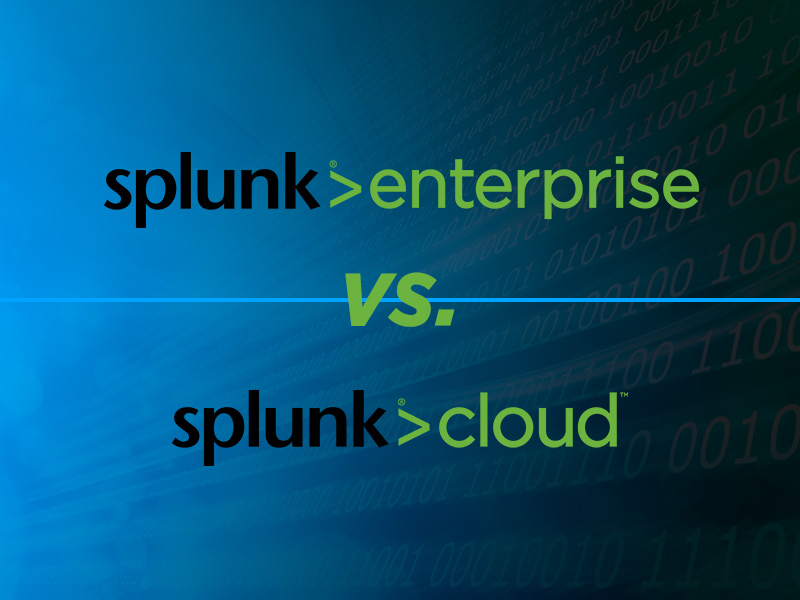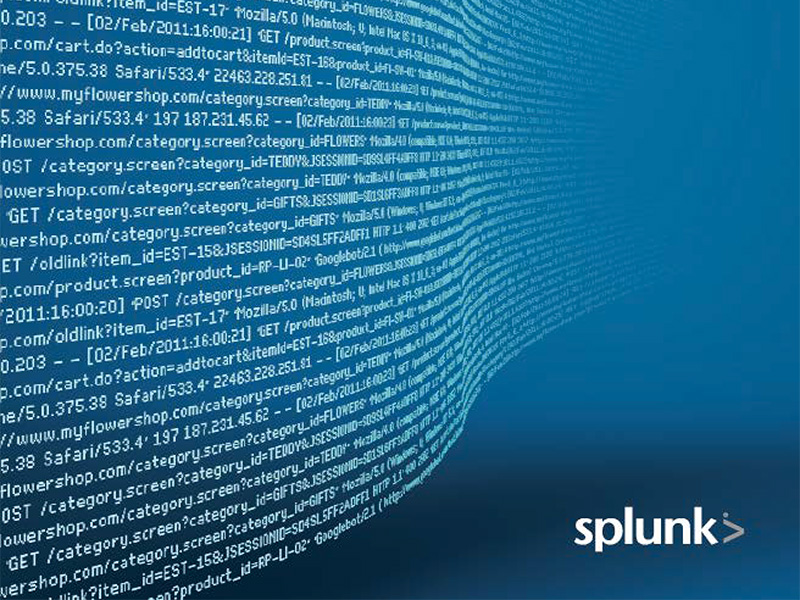With the exponential growth of data in today's digital age, organizations are increasingly seeking solutions to extract meaningful insights from massive volumes of information. Enter Splunk - a powerful platform known for its capabilities in searching, monitoring, and analyzing machine-generated big data. In this blog post, we'll delve deep into two of Splunk’s prime offerings: Splunk Enterprise and Splunk Cloud, offering insights into their differences, similarities, and best-fit scenarios.
Overview of Splunk Enterprise and Splunk Cloud
Splunk Enterprise is the flagship offering from Splunk, which is designed to be deployed on-premises within an organization's own data center or private cloud. Renowned for its flexibility and robustness, Splunk Enterprise caters to a wide range of applications, from IT operations and security analytics to business intelligence.
On the other side of the spectrum is Splunk Cloud, a Software as a Service (SaaS) solution hosted on cloud platforms. While it maintains the core functionalities of Splunk Enterprise, the cloud-based deployment allows for swift scalability, hands-off infrastructure management, and a subscription-based pricing model. Designed with convenience in mind, Splunk Cloud is ideal for organizations looking to offload the operational overhead of managing an on-premises solution.
Key Differences and Similarities
Features: Both platforms come packed with the powerful search and analytics capabilities that Splunk is known for. While Splunk Enterprise offers deeper customization and integration features due to its on-premises nature, Splunk Cloud provides more streamlined and automated functionalities that leverage the advantages of cloud-based architectures.
Scalability: Splunk Enterprise's scalability is inherently tethered to the organization's infrastructure capabilities. Although it can scale to handle vast data volumes, doing so might require manual configuration and additional resource allocation, such as adding additional servers or storage. In contrast, Splunk Cloud shines in scalability. Its cloud architecture allows for automatic scaling based on data volume and search demands.
Pricing: With Splunk Enterprise, organizations will bear the brunt of upfront infrastructure costs in addition to ongoing licensing fees. Splunk Cloud operates on a predictable subscription-based pricing model, eliminating upfront infrastructure expenses but accumulating subscription costs over time.
Deployment and Management: Splunk Enterprise requires dedicated IT teams for setup, management, and maintenance. Splunk Cloud, being a SaaS solution, offloads the operational aspects to Splunk Inc., allowing organizations to focus solely on data analytics. Both solutions require a Splunk administrator to manage searches, create dashboards and reports, install applications and onboard data.
Splunk Cloud Requirements: In practice, Splunk Cloud eliminates the need for most, but not all customer-managed servers or virtual machines. A typical Splunk Cloud architecture will include a customer-managed feaserver, Splunk deployment server and a Splunk heavy forwarder. As with Splunk Enterprise, Splunk Cloud requires an administrator to manage searches, create dashboards and reports, install applications and onboard data.
Pros and Cons of Each Platform
| Deployment |
Pros | Cons |
|
Splunk Enterprise |
|
|
|
Splunk Cloud |
|
|
Making the Right Choice: Enterprise or Cloud?
The decision between Splunk Enterprise and Splunk Cloud boils down to the unique needs and priorities of each organization.
- Large Enterprises with Complex Requirements: For sizable organizations that have specific data residency regulations, substantial IT teams, and a need for deep customization, Splunk Enterprise might be the way to go.
- Start-ups and Mid-sized Businesses: For businesses that are rapidly evolving, lack extensive IT teams, or wish to predict their expenses with a subscription model, Splunk Cloud offers a compelling package.
- Hybrid Scenarios: Some businesses might find value in a hybrid approach. Critical data can be kept on-premises with Splunk Enterprise, while other, less-sensitive data can benefit from the scalability and ease of Splunk Cloud.
In conclusion, both Splunk Enterprise and Splunk Cloud are robust, feature-rich platforms that serve the core goal of turning massive data volumes into actionable insights. Your choice between them should be guided by your organization's size, requirements, budget, and long-term goals. As always, it's advisable to run pilot projects and assessments before making a large-scale commitment.



